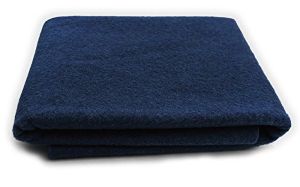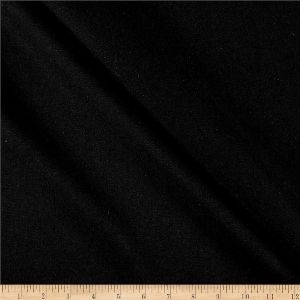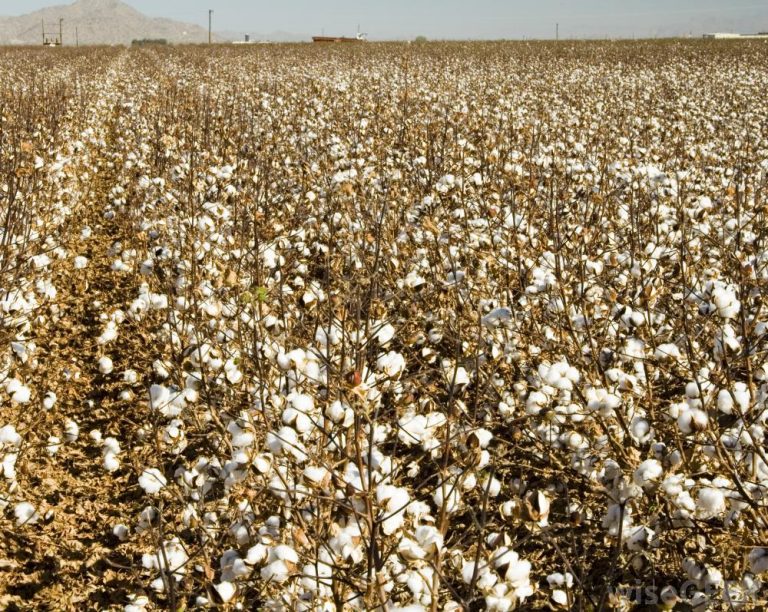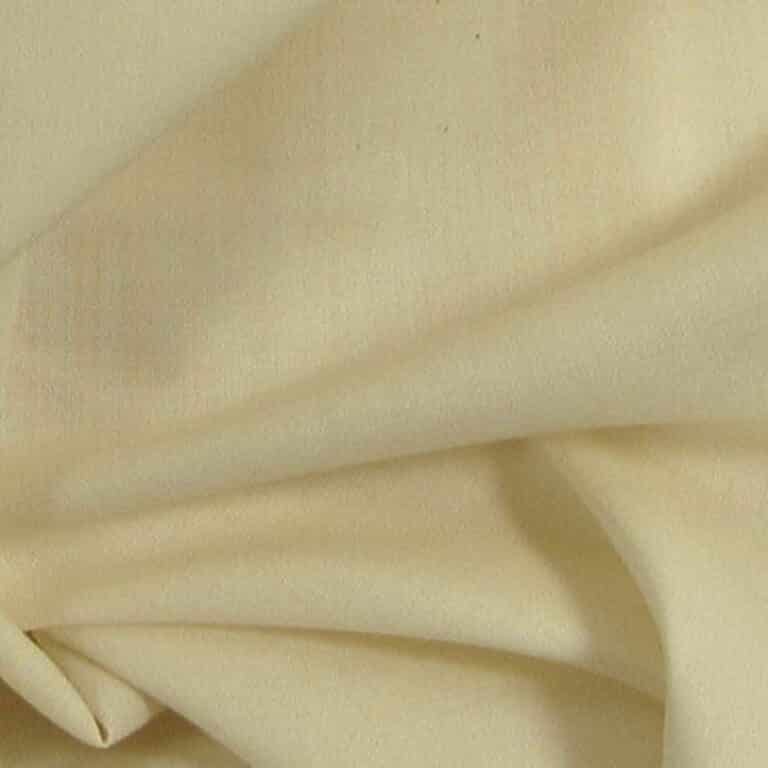Wool Fabric: History, Properties, Use, Care, Where to Buy
Table of Contents
Introduction to Wool Fabric
Wool fabric is a form of cloth made from the hairs of many animals. While most people identify the word “wool” with sheep, there are, in fact, various types of wool that producers extract from animals other than sheep.
Unlike cotton and other natural and synthetic fibers used in textiles, wool is extremely resistant to fire. The fire goes out on its own and does not spread to the fabric. This fabric is perfect for use where a lower risk of fire is a priority.
What is the History of Wool Fabric?
Clothes woven from sheep have been dated to roughly 4000 BC, but their creation may date back a thousand years.
Wool was an essential fabric in the Roman empire and had an even more crucial role in medieval European society. Wool production had become an important part of the Italian economy by the early 13th century.
It wasn’t until Colonial Times that Europeans began transporting wool fabrics to other continents. Still, by the time the Renaissance rolled around, wool production had expanded throughout the rest of Europe.
The widespread use of synthetic fibers led to a steep decline in the wool market. Still, progress in the wool industry has not slowed down and continues to happen.
Properties of Wool Fabric
- It has good moisture-wicking abilities
- It has high heat retention
- It is a breathable fabric that is comfortable to wear.
- It is a strong and durable fabric
How is Wool Fabric Made?
Shearing sheep or lambs is the first step in the wool-producing process. Some animals only produce wool once a year, and others produce it several times a year.
The wool goes through a cleaning process and is bundled up for storage. There are several methods for washing oily lanolin out of raw wool. However, catalysts are used by the vast majority of commercial wool manufacturers.
Wool fibers are carded after they have been cleaned. This process elongates the fibers. After one last washing, the carded fibers are ready to be twisted into yarn and made into clothing or woolen textiles.
Where is Wool Fabric Made?
Because it accounts for 25 percent of the world’s total wool production, Australia is widely recognized as the leading wool-producing nation. China, home to one of the major textile marketplaces and factories in the world, is responsible for producing 18% of the world’s wool supply.
The United States of America is the third-largest producer of wool in the world, and New Zealand is the fourth-largest producer of cloth overall.
Typical Uses of Wool Fabric
Wool fabric is used for various garments along with different products.
Daily Wear
Wool is commonly used for coats and other garments that do not make direct body contact; nevertheless, thinner types of Wool may be utilized to construct clothing that comes into contact with the flesh.
Wool fibers manufacture most of the world’s formal suits and a wide variety of additional garments and accessories, such as hats and gloves.
Home Décor
Wool fabrics can be made into tablecloths, cushion covers, bed sheets, and many other home accessories.
Sewing with Wool Fabric
It doesn’t matter if you’re learning how to sew or have been doing it for years; wool is a wonderful fabric. It’s ideal for any craft because it comes in so many different weaves and patterns. The beautiful textile is simple to cut with a pair of fabric scissors.
However, If one wants to get ideal results with their sewing, one should be sure to employ the appropriate sewing essentials, sewing notions, and supplies.
When sewing patterns and designs on the fabric, finishing procedures such as French seams should be omitted because of the discomfort and stiffness, they would bring.
Rather, use the wool’s resistance to fraying to your advantage by choosing methods like pinking and grading to slim down your seams without sacrificing elasticity.
The sewing threads used can be silk or polyester, depending on what type of wool fabric you use for your sewing venture. When working with wool, a ball-point sewing needle is recommended. The smooth, rounded end of the tool prevents snagging and tearing of the fibers.
You should also use the best sewing machines like the Brother SE600 for effective results. Keeping these tips and tricks in mind, you can easily sew your wool perfectly.
Dyeing and Printing with Wool Fabric
The fabric can be dyed depending on the composition of the material. The Rit All-Purpose Liquid Dye can be used as the best fabric dye available.
How to Care for Wool Fabric?
Wool is a fabric that requires special attention and care when washed or dried. If not cared for properly, the material can lose shape.
Washing
- You can hand-wash and machine-wash the fabric both.
- Use cold water to wash your Wools.
- You should use a mild liquid detergent for washing
- The machine setting should be set to a gentle cycle
- Fabric softeners can be used
- Avoid the use of bleach
- Never dry Wool garments in a dryer if you value their shape.
- The fabric can be dried by air-drying it on a flat exterior or hang-drying it
Ironing
- Using a shark steam iron, press the fabric on the wrong side
- Use a low heat setting and a press cloth
- You can use pins to hold the fabric in place
Where to Buy Wool Fabric?
Fabric and clothing stores typically stock Wool fabric. If you’re looking for the best Wool fabric on the market, look no further than reputable online retailers like Amazon and Fabric.com, which have the most exquisite Wool fabrics like the gorgeous Tuva Textiles Solid Wool-Blend Gabardine Fabric.
It can be sold in several ways depending on the seller;
- By yard
- By Inches
- Can be cut to order
Wool fabrics are often used to create warm garments such as coats and jackets, but can also be used to create skirts or blazers. It can also be used to make items for home use, such as blankets, and even accessories such as purses. Different types of wool fabrics require different types of care. This buying guide will help you find the perfect wool fabric for any project you have in mind.
Best Wool Fabrics
Here are our wool fabric reviews.
1. Harris Tweed Traditional Cloth
These beautiful 100% wool pieces are available in four different tartan patterns and in five different sizes. They are suitable for making small projects such as hats and scarves. This fabric should be hand-washed or dry-cleaned only.
- Traditional tartan patterns
- 100% wool
- Made in Scotland
2. Classic XXL Wool Felt Sheet
These wool felt sheets are available in 16 different colors. The white option can be dyed to create a custom color. These sheets are suitable for use in creating crafts, sewing, and use in fiber arts. They are made from 100% pure virgin wool.
- 100% felted wool
- Fat quarter size
- Can be dyed for custom color
3. Wool Blend Melton Fabric
[azonpress template=”box” asin=”B00QJ31PGU”]This wool blend fabric is a great choice for making garments such as jackets, vests, and even historical clothing reproductions. It is available in charcoal and red colors. This fabric is sold by the yard. It should be cared for by dry cleaning.
- 55% wool, 45% polyester
- 60 inches wide
- Cut to order
4. Tuva Textiles Solid Wool Blend Gabardine Fabric
This Tuva Textiles wool/gabardine fabric is a great choice for making suits, skirts, and blazers. It is sold by the yard so you can get exactly as much as you need for your project. The fabric is easy to care for because it can be machine washed in cold water and tumble dried on the low setting.
- Medium weight
- 50% wool/50% polyester
- Cut to order
5.Washable Wool Plaid Fabric
[azonpress template=”box” asin=”B00PJ42F9Q”]This wool plaid fabric is a great choice for garments that receive heavy use because it can be machine washed in cold water and tumble-dried on the low setting. It is perfect for garments such as coats and skirts and can also be used to make warm, cozy blankets. It is 60 inches wide and sold by the yard.
- 50% wool/50% polyester
- Machine washable and dryable
- Cut to order
Wool Fabric Buyer’s Guide
There is a range of factors to consider when selecting a wool fabric to use in a garment, accessory, or home decoration project. This buying guide will help you consider these factors so that you are able to select the best wool fabric for your particular project.
The first factor to consider is what kind of care the fabric you use will require. Fabrics that are made of 100% wool must be hand washed or dry cleaned and are best for home decoration and garments that won’t have to be washed very often, such as coats or purses. You might want to get a special effect by using 100% wool fabrics, such as hand-woven tartans, but consider that they will need to be dry-cleaned if they become soiled.
If you are making a project that will be used more heavily, such as a garment or blanket, several of the wool fabrics in this buying guide are blends and can be machine washed in cold water and tumble-dried on a low setting. This makes them much easier to care for.
Another factor to consider is how much fabric is needed to complete your project. Most of the wool fabrics in this buying guide can be purchased by the yard so that you can get exactly as much as you need for your project without wasting money on the fabric you don’t need. There are also fabrics, such as 100% wool tartan pieces, in this buying guide that are available in multiple sizes so you can find one for both large and small projects. There is also wool felts available in this buying guide, which is available in fat quarters and is suitable for small projects or for accents on larger projects.
By using this buying guide, you will be able to find the perfect wool fabric for any project you have in mind, large or small, whether it is a garment or a home decoration.
Recommended Reading:
- Chapter 1: The 7 Sewing Essentials for Beginners
- Chapter 2: The Beginner’s Guide to Sewing Machines
- Chapter 3: The Ultimate Guide to Setting up your Sewing Room
- Chapter 4: Everything You Need To Know About Sewing
- Chapter 5: Sewing Fabric 101: A Virtual Tour of the Fabric Store
- Best Sewing Machine for Wool
Conclusion
Wool fabric is a strong, lightweight, and breathable fabric with a variety of different uses. Its adaptability is not shocking. You may use it to make everything from clothes to furniture.
Sources








